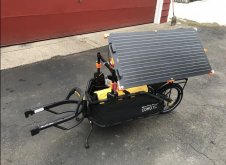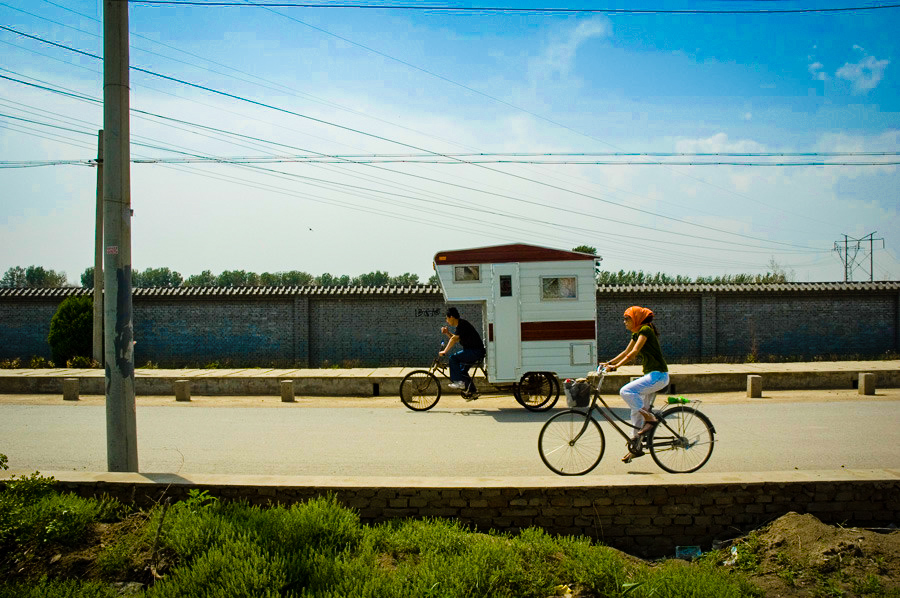Aree Soothsayer
New Member
- Joined
- Feb 28, 2021
- Messages
- 27
Yea. I have this idea in my head. With the world like it is I could end up on the streets so I plan to make a safety net. A trailer hauled by a bicycle. I'll use it for camping out and such right now and safety in the future.
I want to set it up with a solar setup that can not only stand alone but easily connect and disconnect to the grid. I saw the resources page and my brain went *faceplant*
Can I get some advise?
I want to set it up with a solar setup that can not only stand alone but easily connect and disconnect to the grid. I saw the resources page and my brain went *faceplant*
Can I get some advise?









